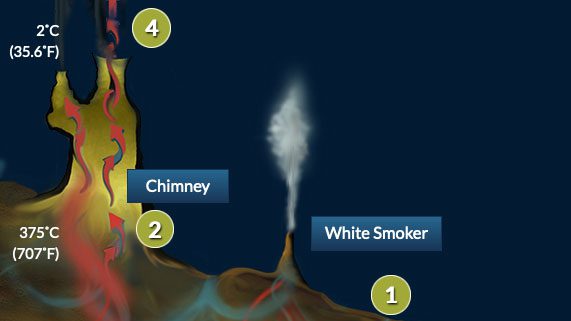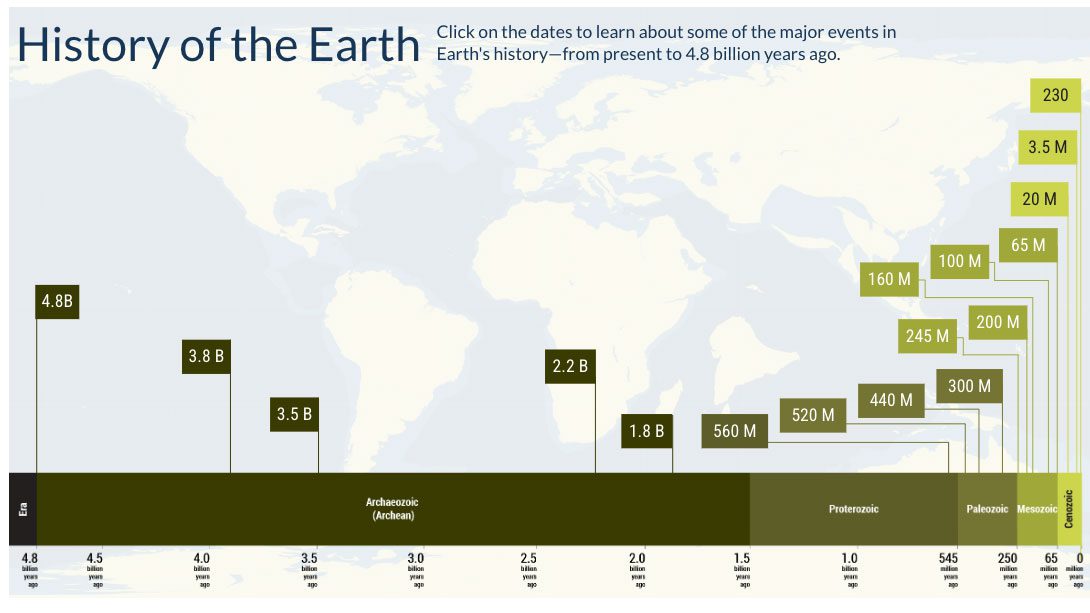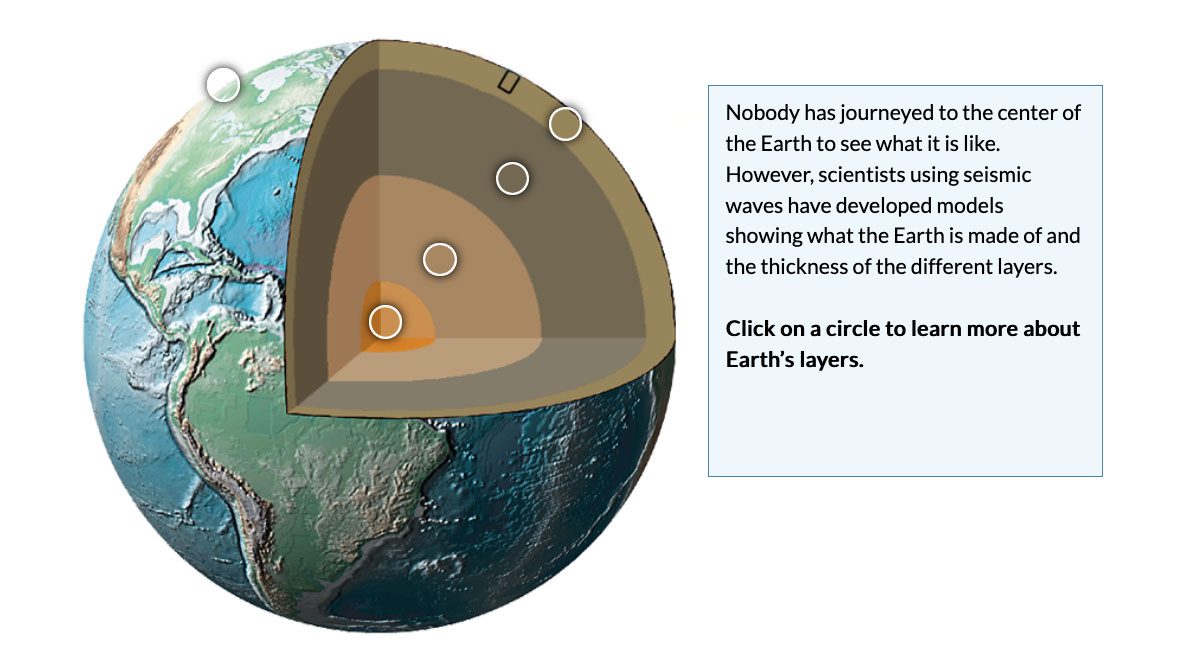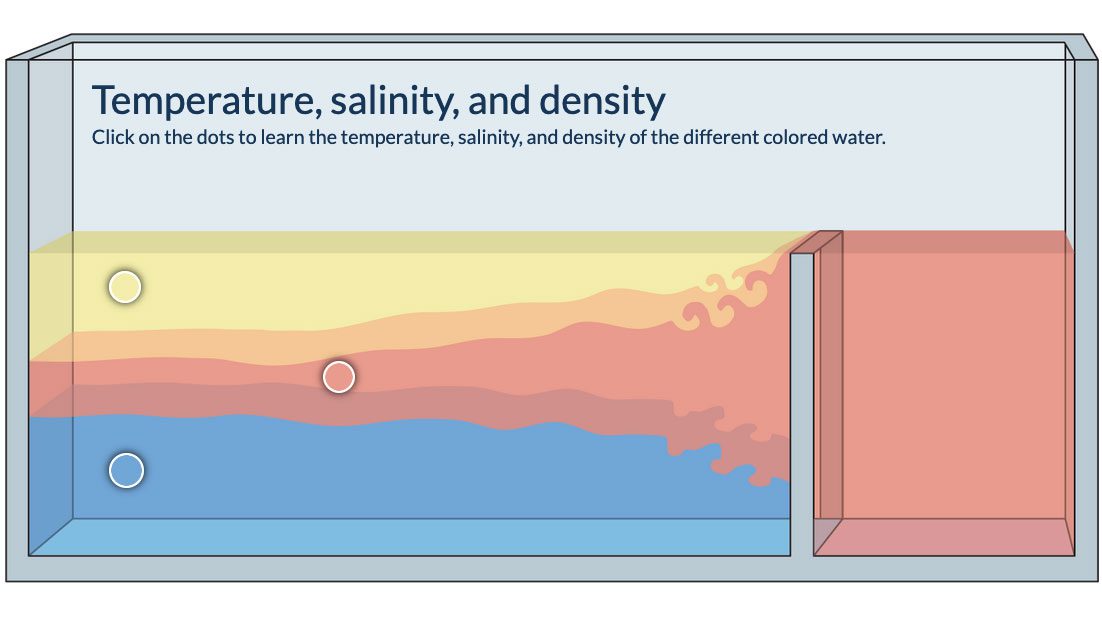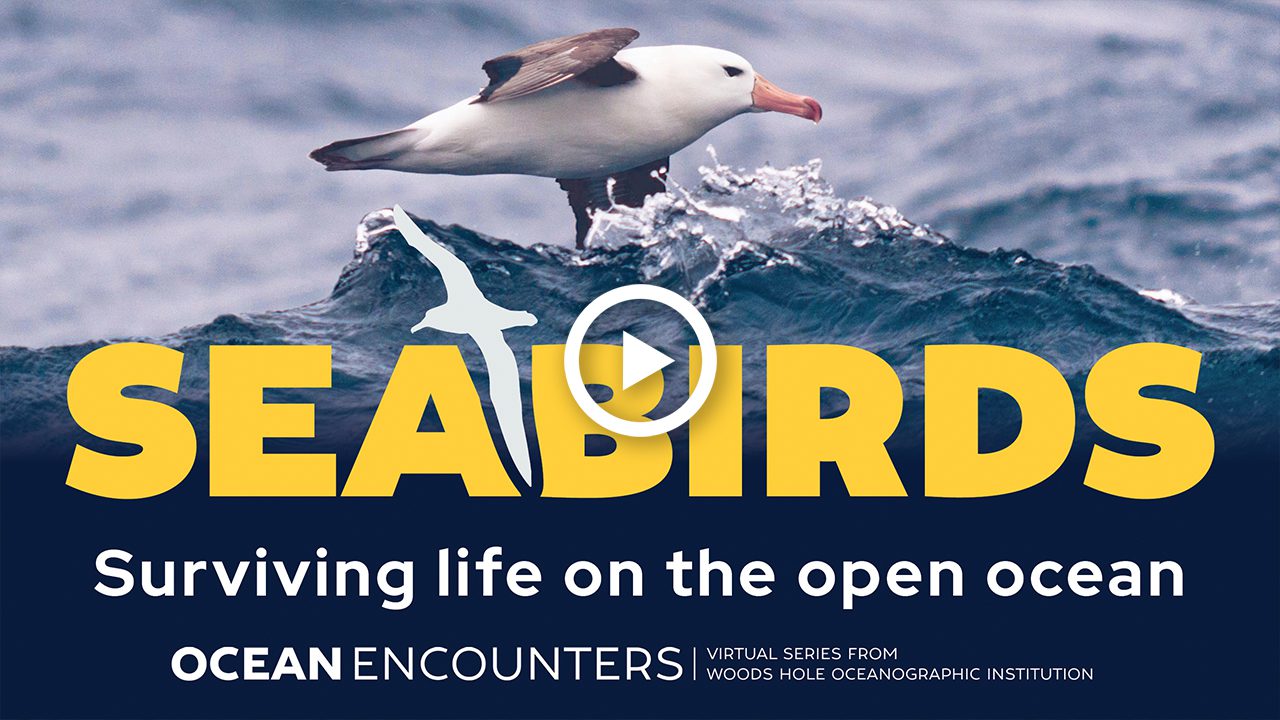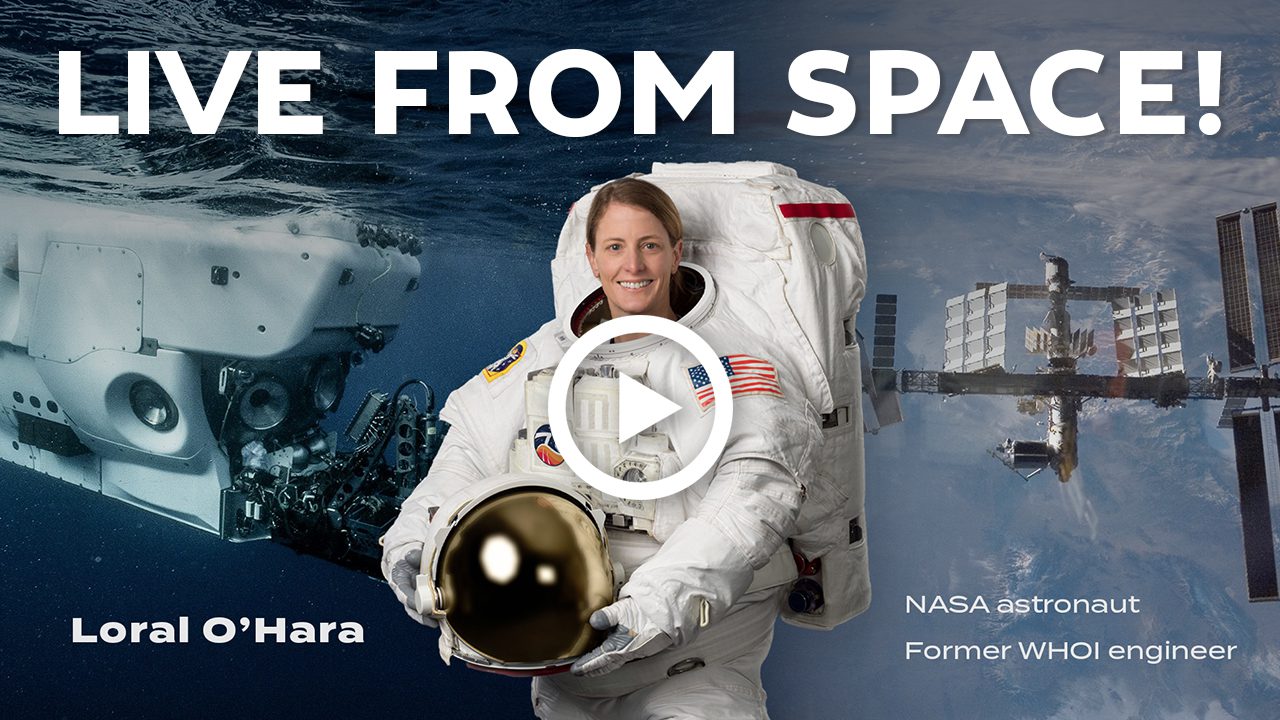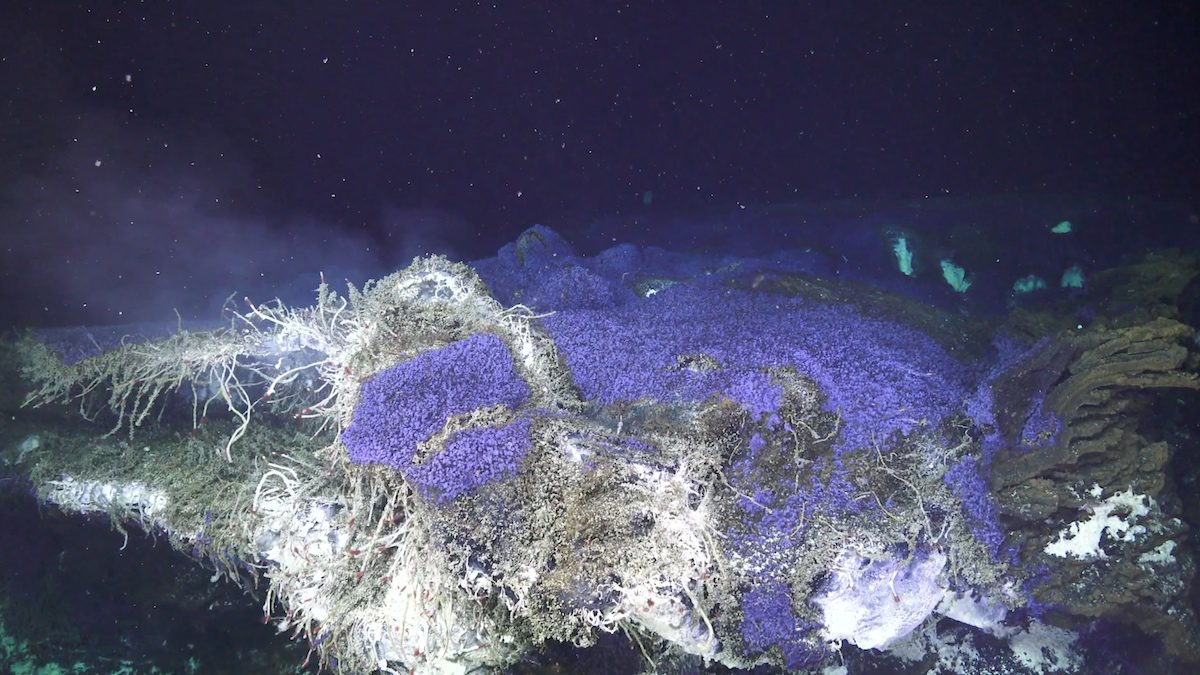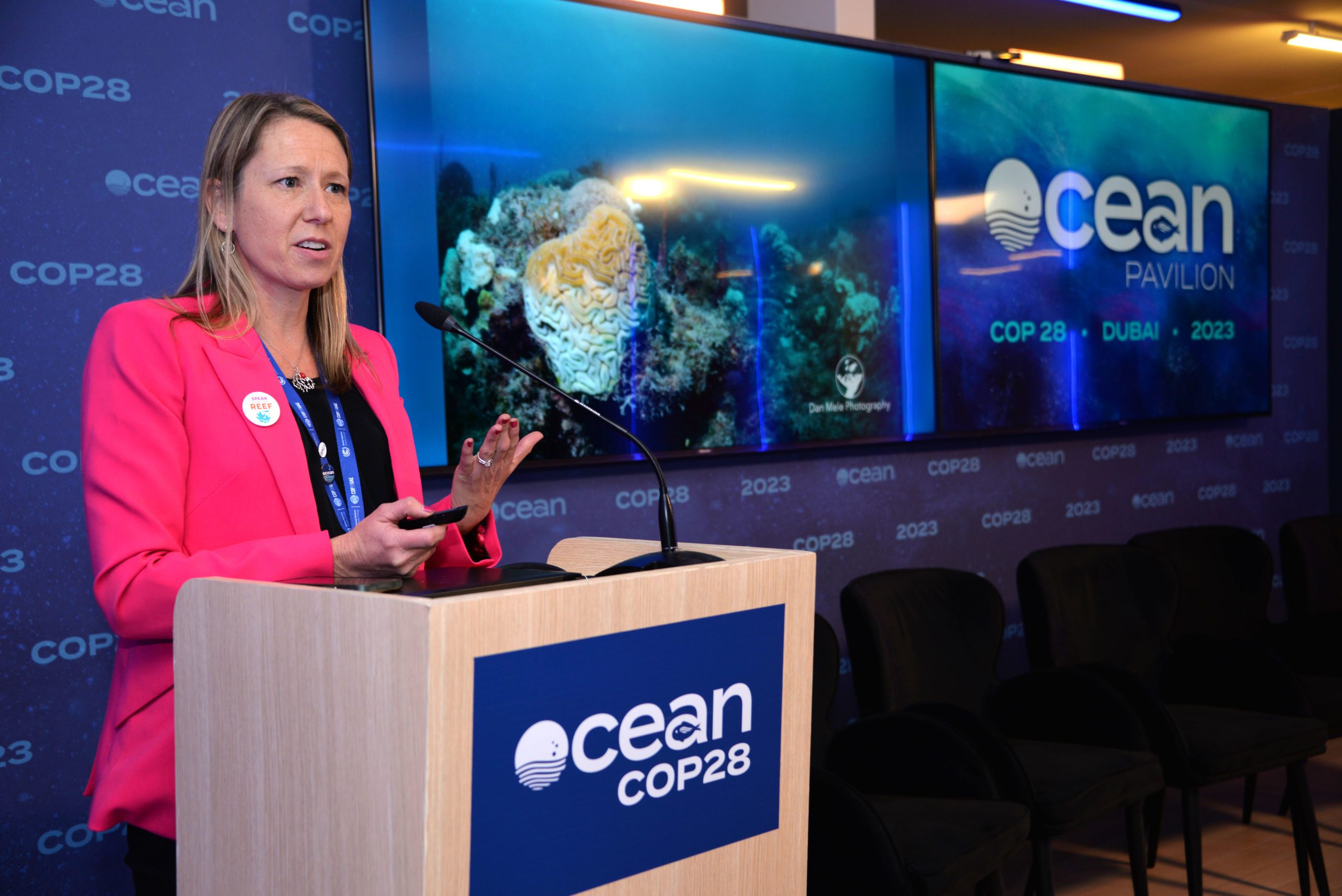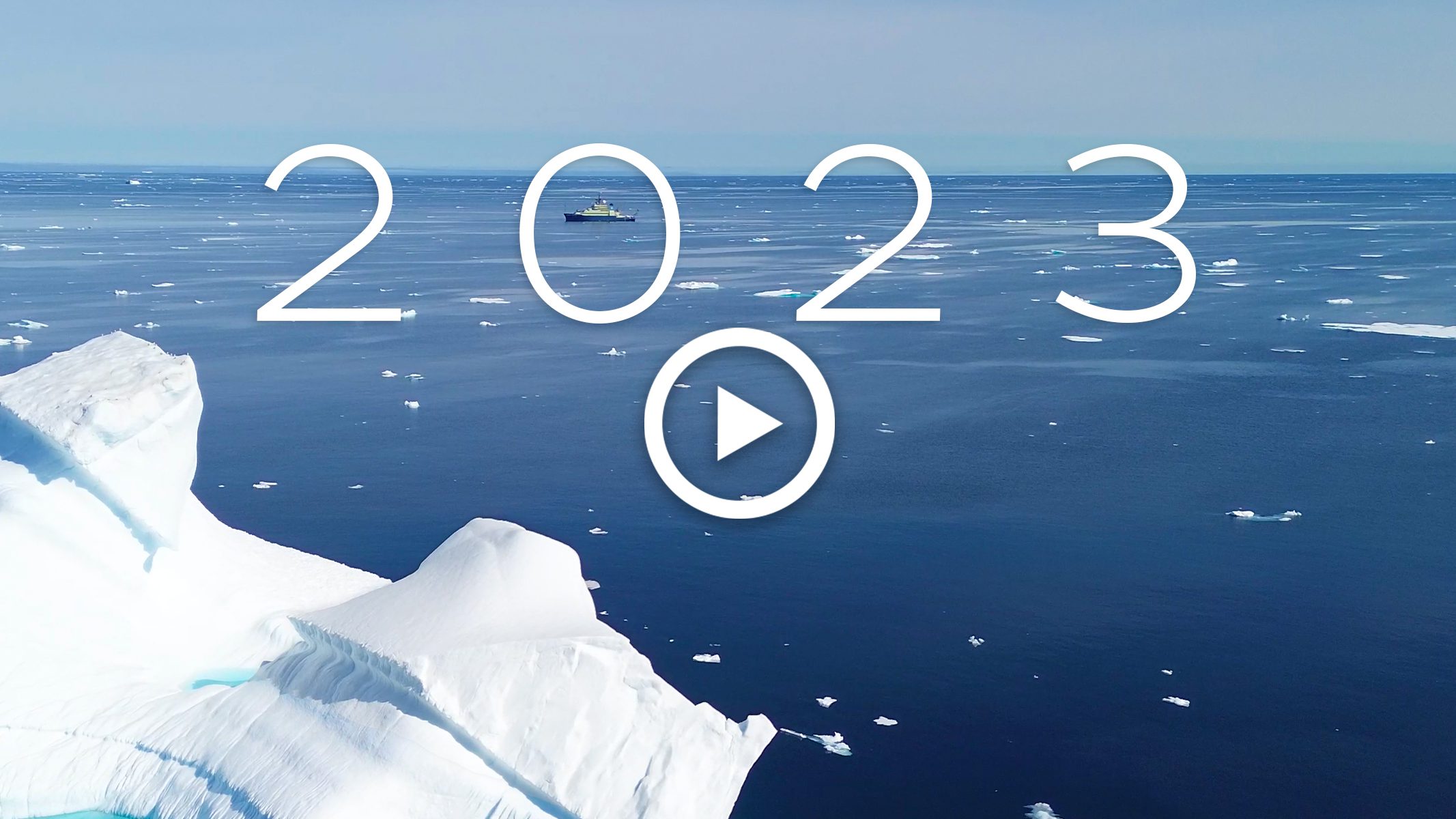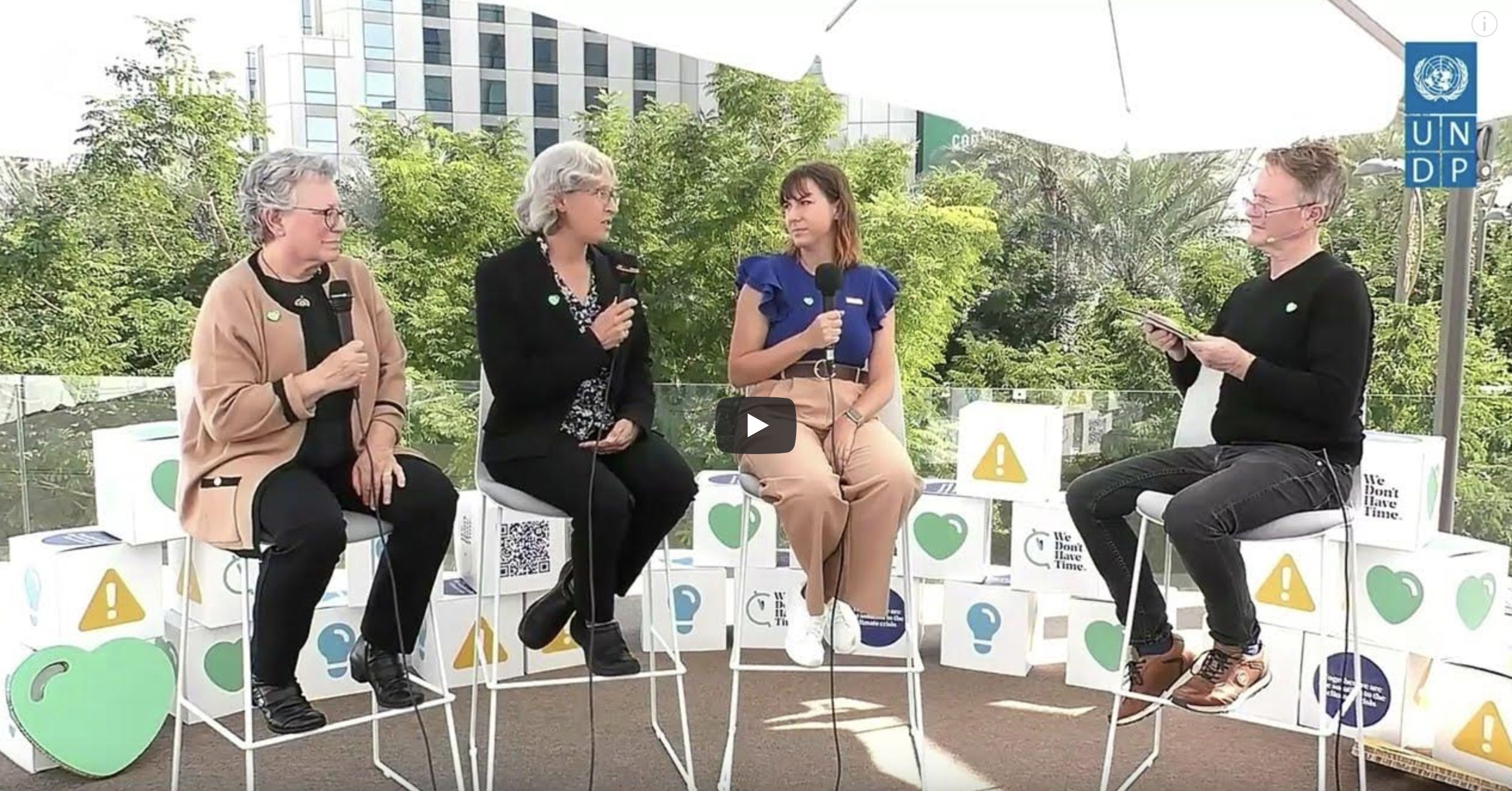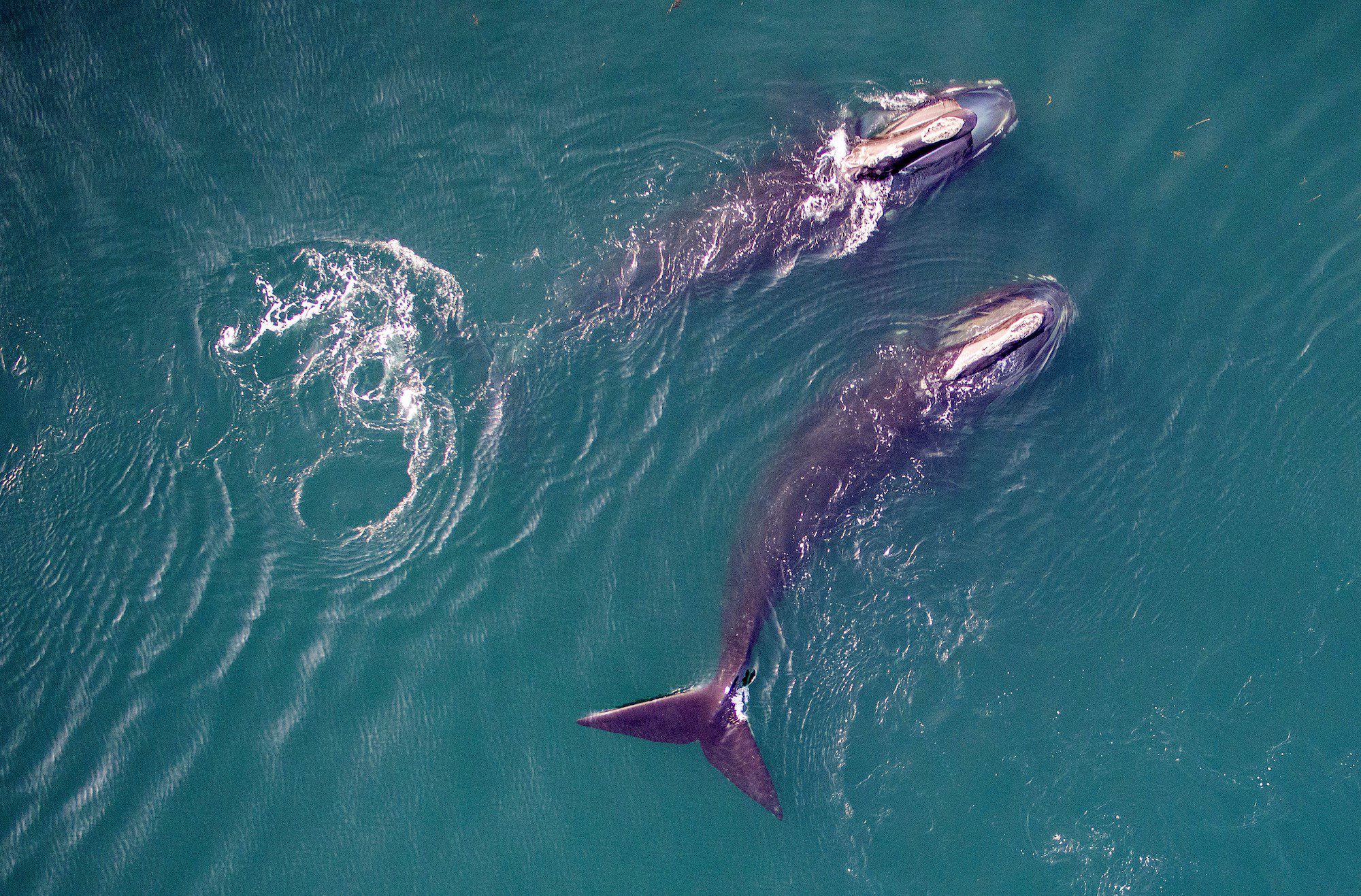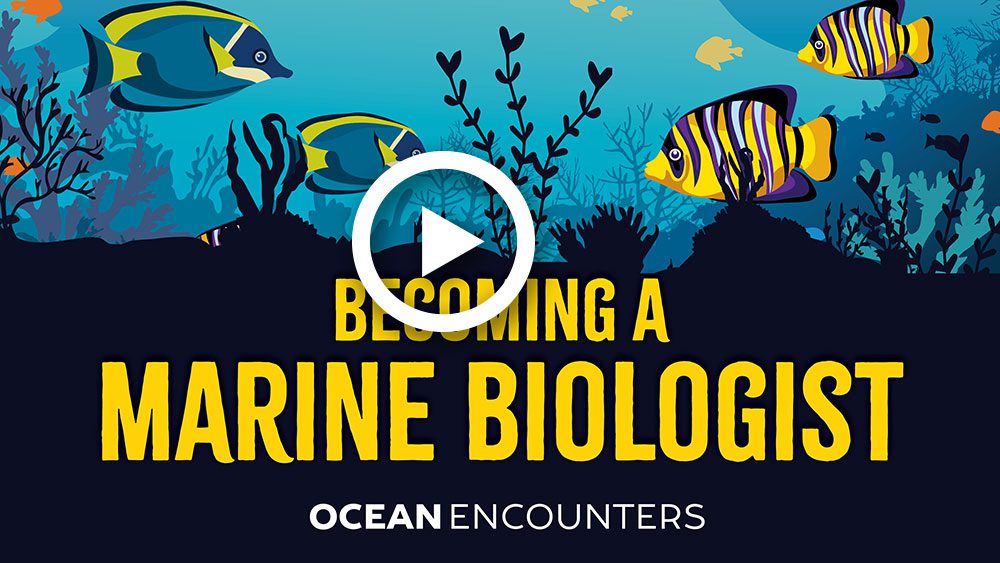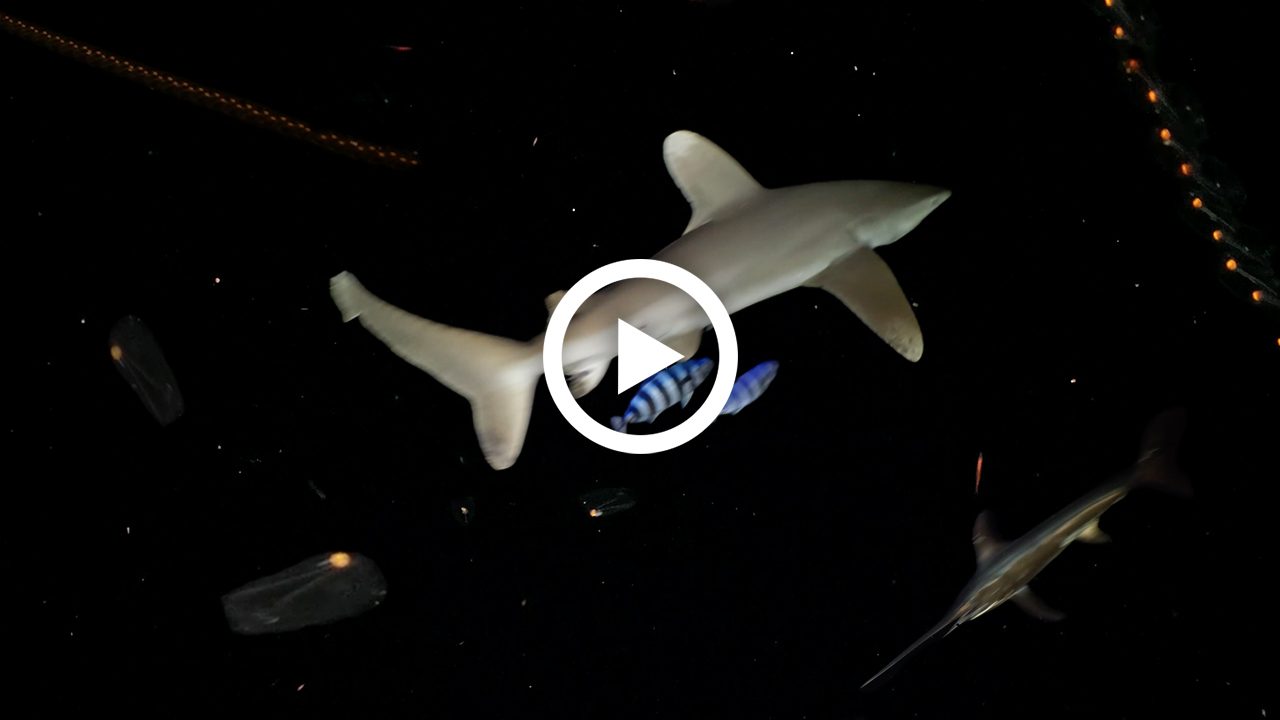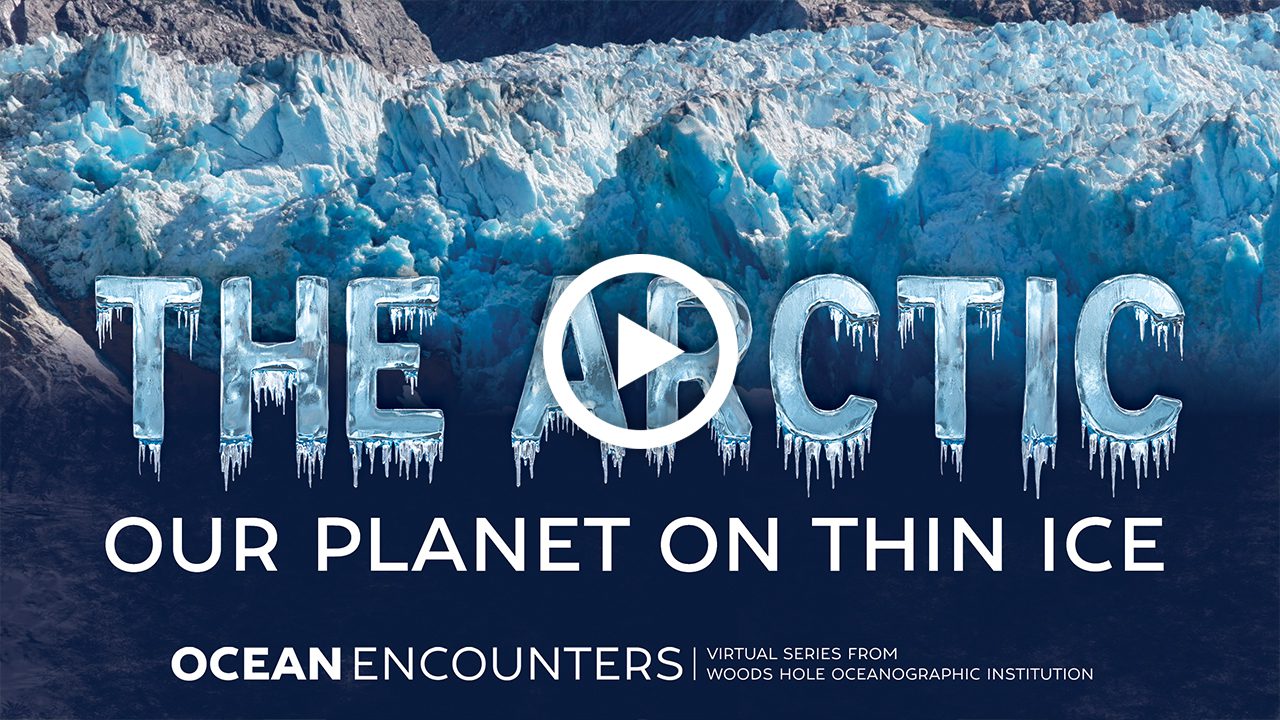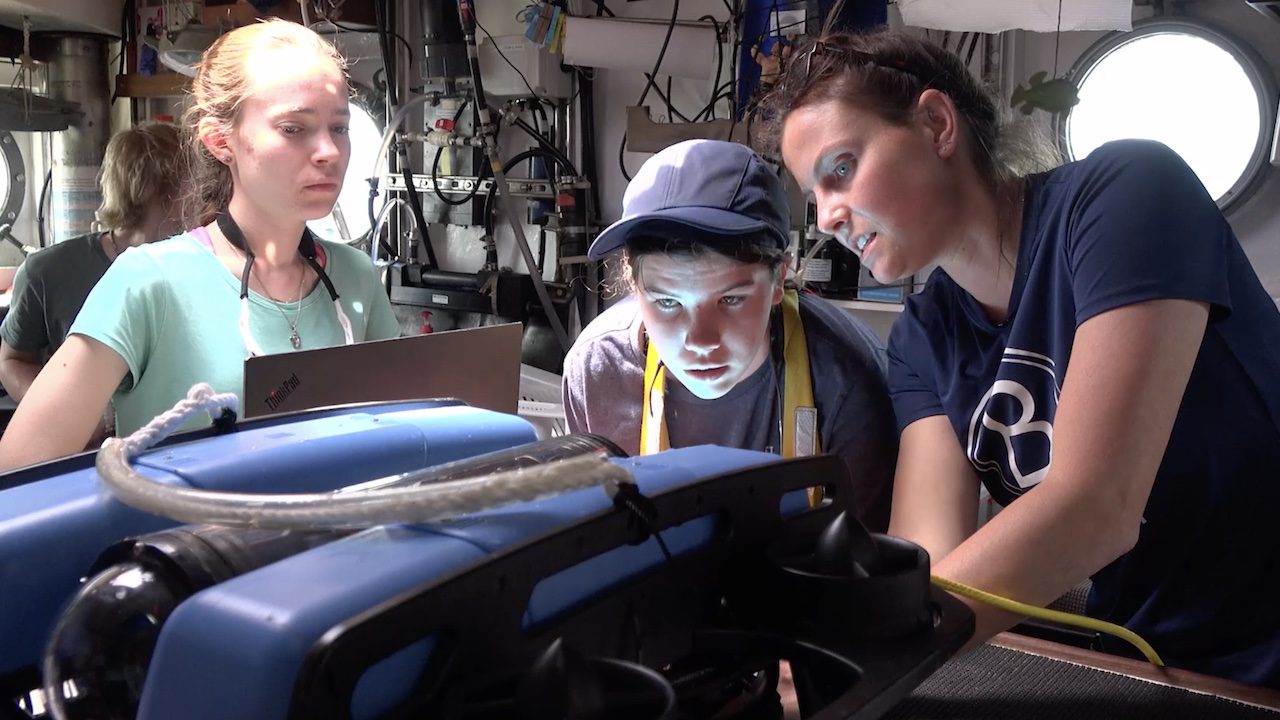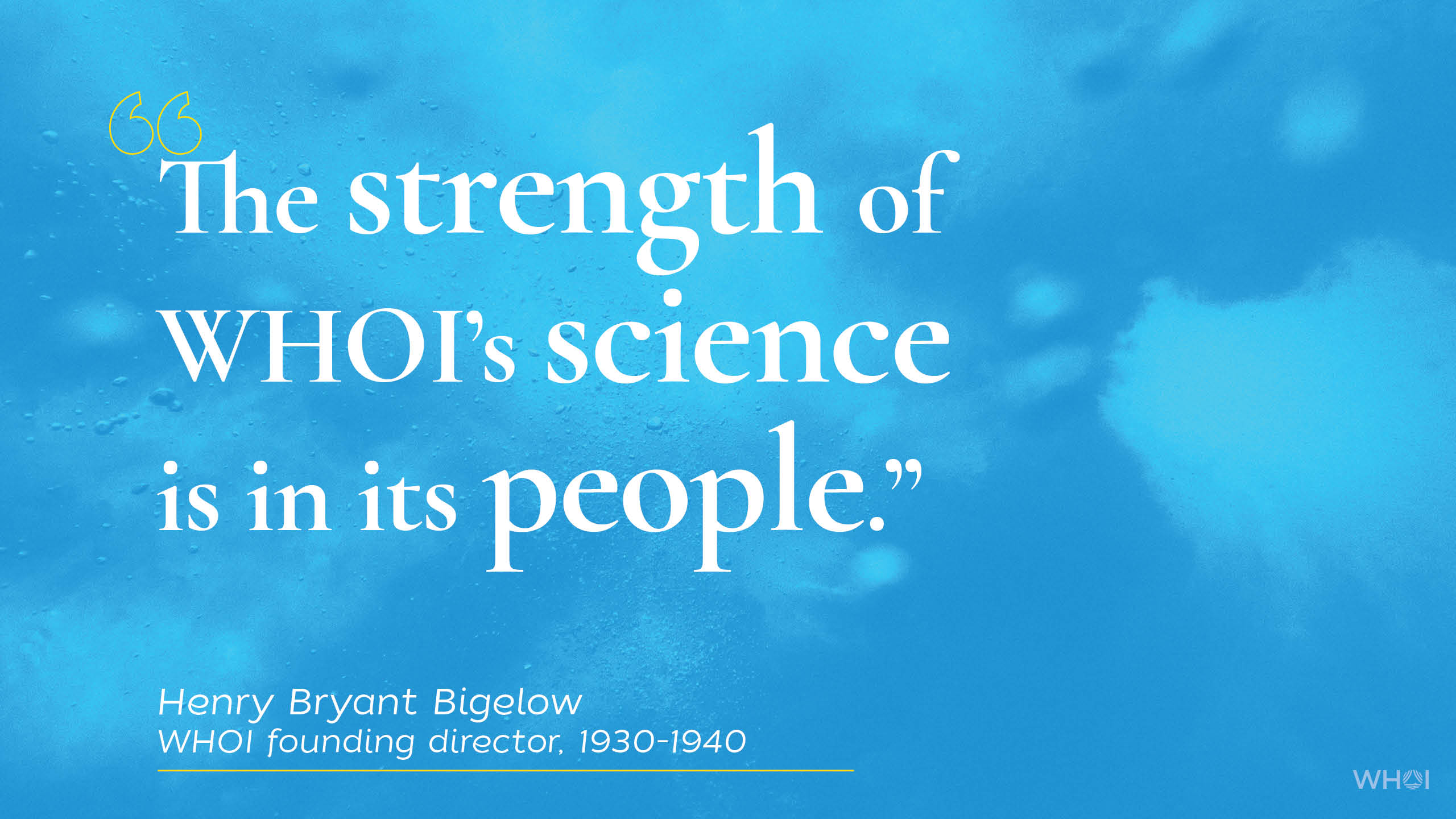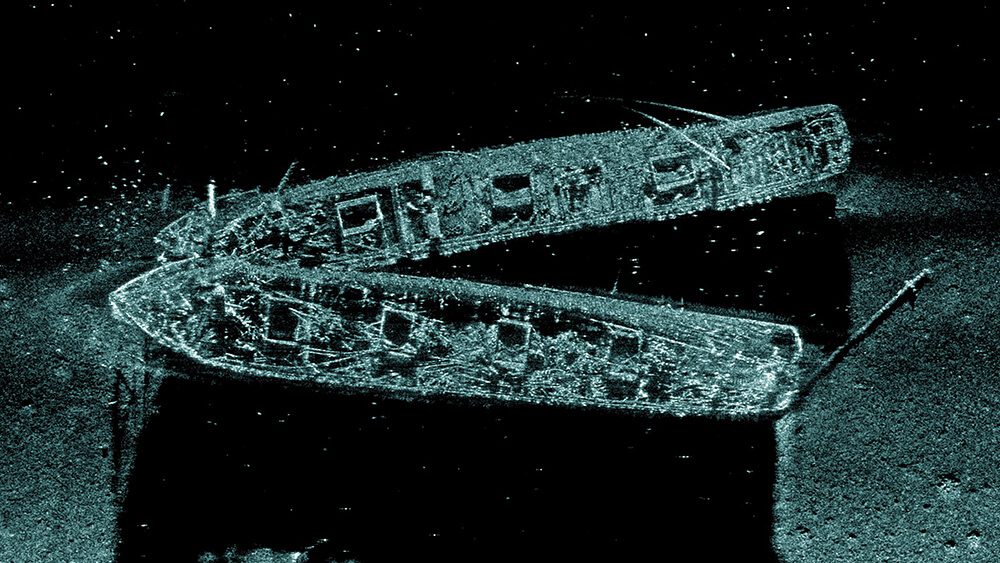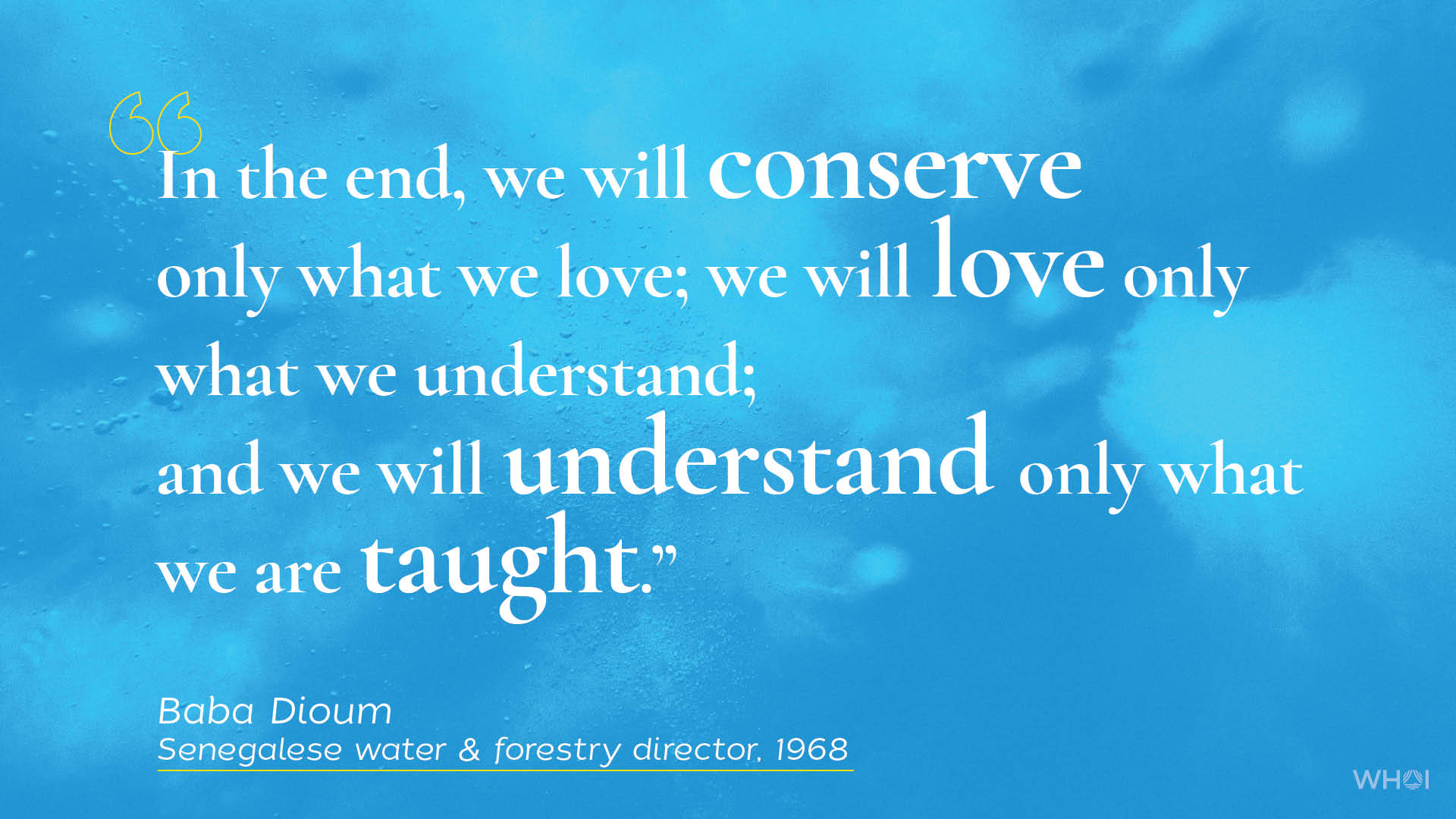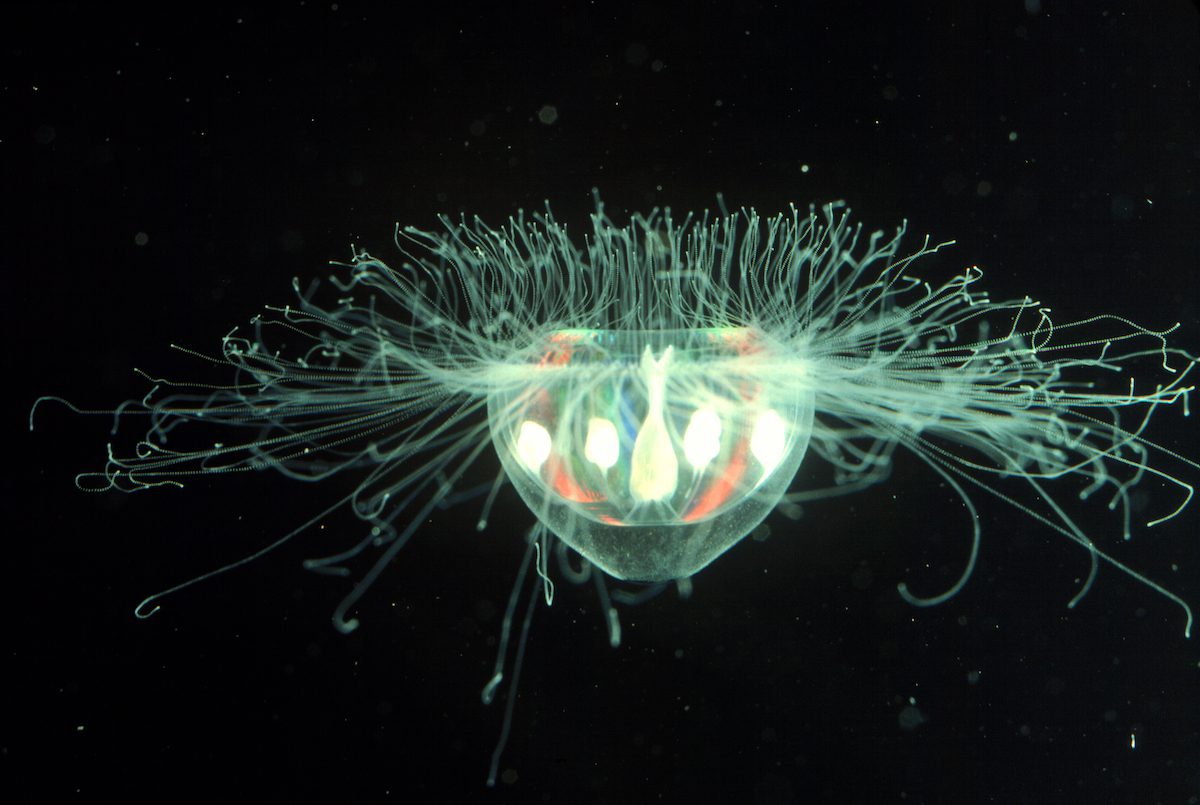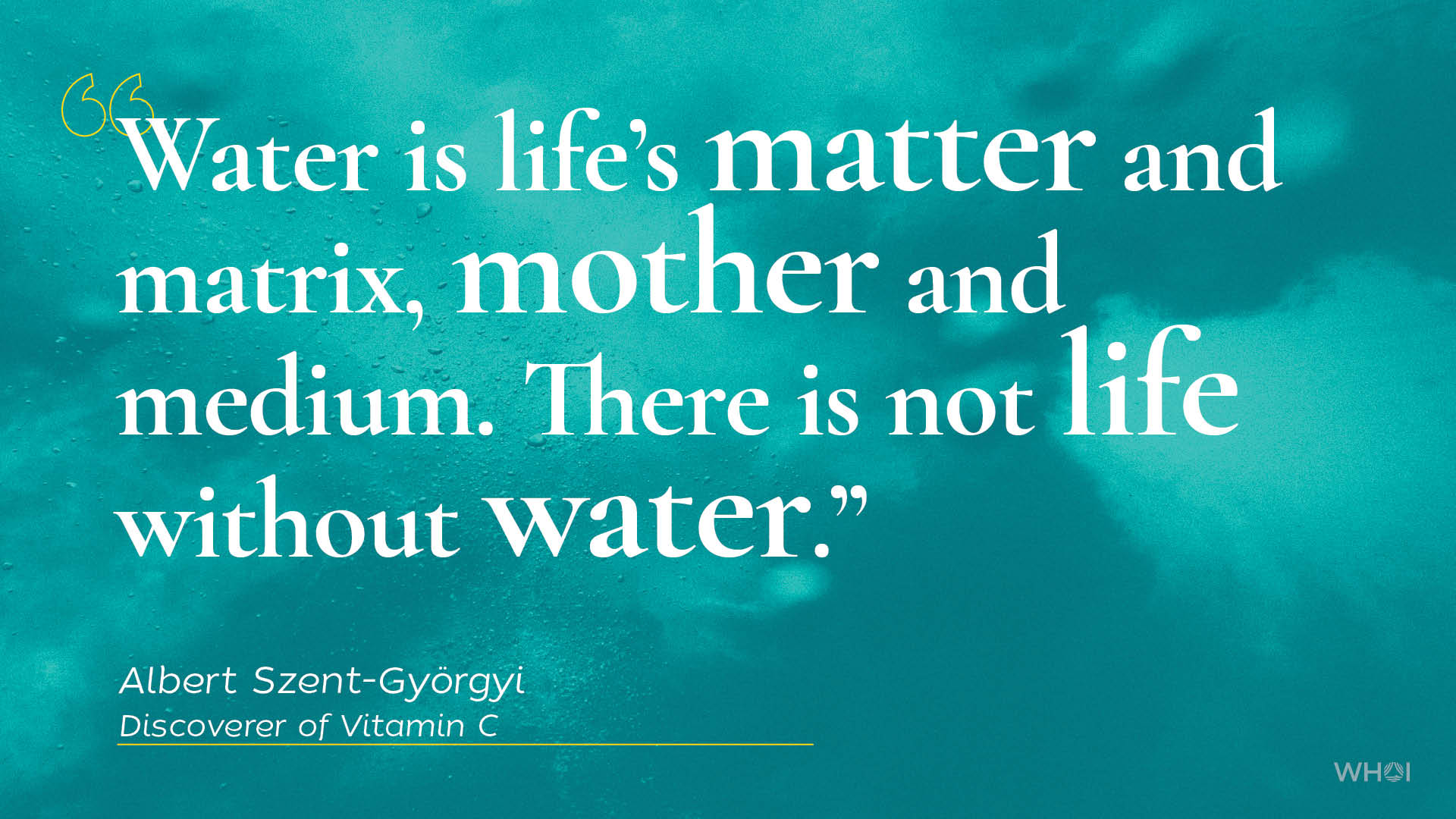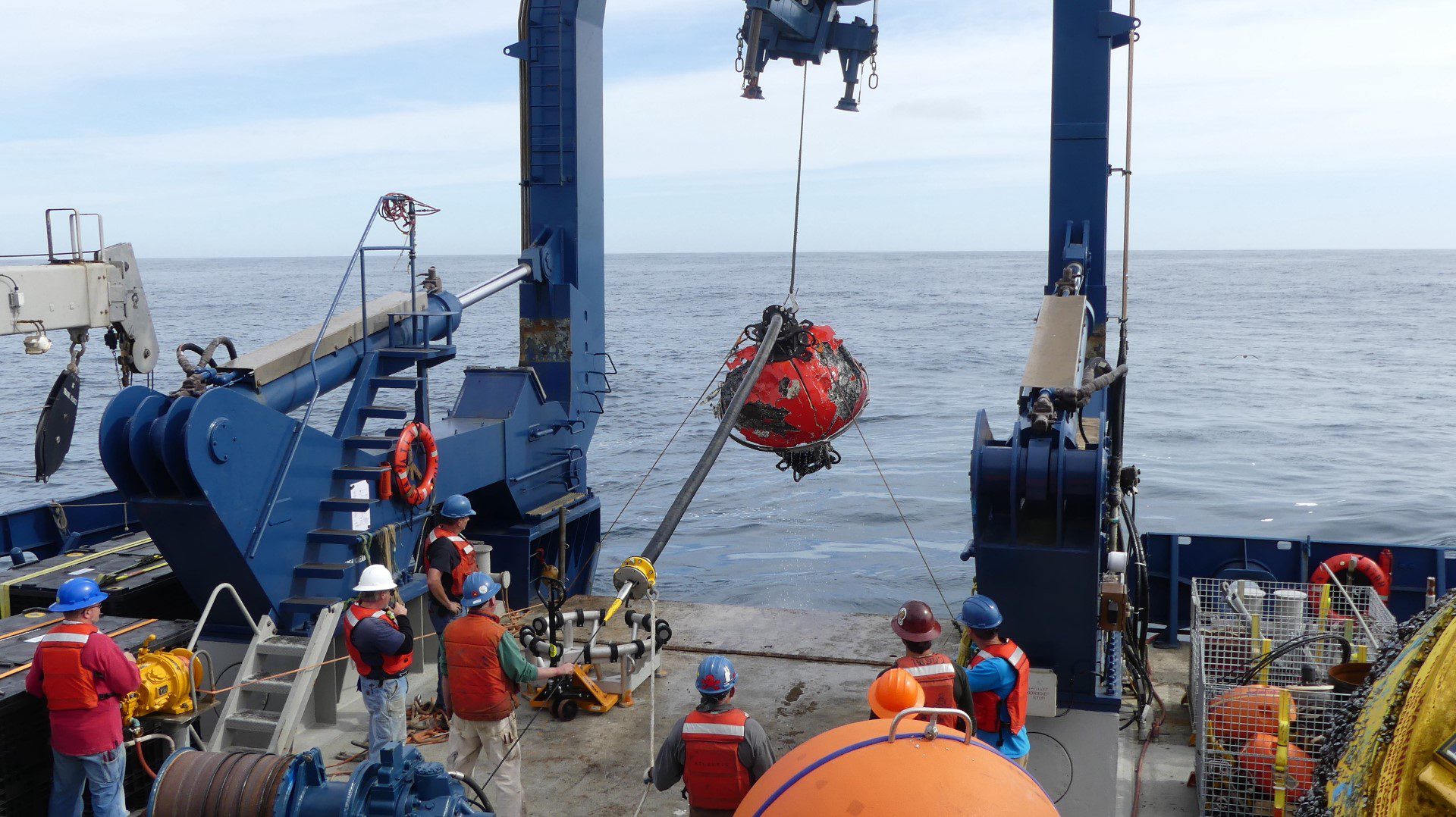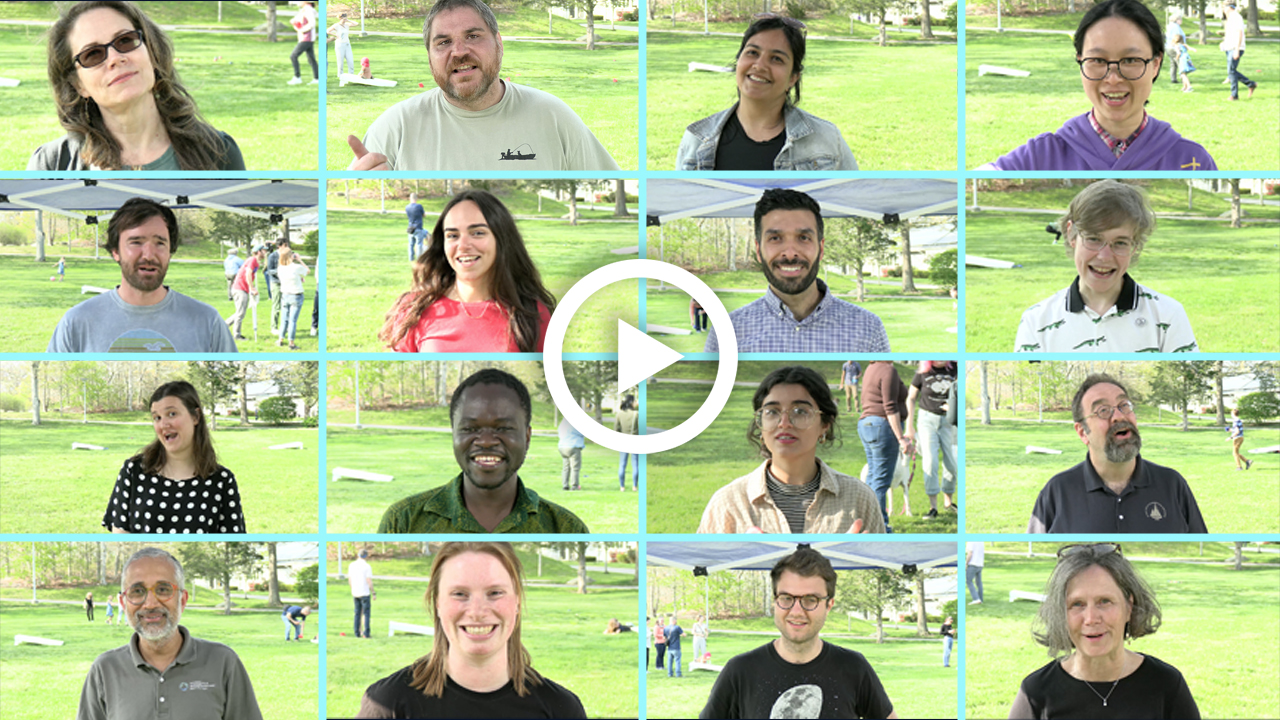Multimedia Items
Hydrothermal Vent Basics
History of the Earth
Earth’s Anatomy
Temperature, Density and Salinity
Temperature and salinity affect the density of the water. Cold water is more dense than warm water. Salty water is more dense than fresh water. When waters of different density…
Read MoreBetty Bunce on To Tell The TRUTH (1960s CBS)
Enjoy this throwback segment from the 1960s game show To Tell The Truth featuring WHOI Scientist Emeritus and a woman pioneer in oceanography, Elizabeth “Betty” Bunce.
Read MoreOcean Encounters: Seabirds
Seabirds are uniquely adapted to life at sea—and uniquely vulnerable to its perils. Many spend the majority of their decades-long lives far from shore, flying thousands of miles over open water to find food, returning to land only to mate and raise their young.
Read MoreFrom the Ocean to Outer Space
Watch this live downlink from the International Space Station (ISS) featuring NASA astronaut and former WHOI engineer, Loral O’Hara.
Read MoreInvestigating the world of microbes with ROV Jason
Deep-sea microbes convert chemicals in hydrothermal fluid into organic carbon, forming the base of these otherworldly hydrothermal vent ecosystems– and potentially playing an important role in the global carbon cycle.
Read MoreWHOI’s Amy Apprill “speaks for the reefs” at COP28
WHOI microbial ecologist Amy Apprill went to COP28 in December 2023 to “speak for the reefs,” highlighting their vulnerability to climate change, but also the innovative, science-based solutions that can support these vital ecosystems.
Read More2023 Year in Review
The ocean connects our entire planet. So does WHOI science. We study every depth, travel to the poles and back, and share our knowledge (and tales of adventure) with you. Here’s to another year working for our ocean, our planet, and our future.
Read MoreWHOI climate scientist explains why we need to limit global warming at COP28
WHOI climate scientist Sarah Das explains why limiting the average temperature of the planet makes all the difference in an interview with We Don’t Have Time’s Climate Hub at COP28 in Dubai.
Read MoreResilient Woods Hole Climate Walking Tour
The Resilient Woods Hole Climate Walking Trail app takes users on a self-guided tour of Woods Hole’s most vulnerable areas. You can download the free app through the App Store or Google Play.
Read MoreNorth Atlantic right whale population leveled off in 2022
That’s the number of North Atlantic right whales on this planet, according to a report released on October 23, 2023 by the New England Aquarium via the North Atlantic Right…
Read MoreOcean Encounters: Becoming a Marine Biologist
As a child, who hasn’t dreamed of exploring the ocean to study the amazing animals that live there—but what does it take to become a marine biologist, and what would your career look like once you got the degree?
Read MoreRare look at animals in the ocean twilight zone
The ocean is so vast that it can be hard for scientists to find the species they want to study. That’s why two ocean robots are better than one for capturing these rarely-seen glimpses of twilight zone animals!
Read MoreOcean Encounters: The Arctic
The far north is feeling the heat from climate change more than anywhere else on Earth, with rising temperatures and melting ice putting increasing pressure on marine life, ocean currents, and human lives and livelihoods. Join us as we talk with scientists studying Earth’s northernmost regions and learn how changes in the Arctic affect the rest of our planet.
Read MoreWHOI robotics class sets sail
A few lucky Massachusetts high school students charted a new course during a robotics class with WHOI engineers Molly Curran and Fran Elder aboard the Sea Education Association sailing school vessel Corwith Cramer. Find out what they learned during this spring vacation course!
Read MoreHenry Bryant Bigelow
The strength of WHOI’s science is in its people.
Read MoreA tale of two schooners
Following a 1902 collision off the Massachusetts coast, the coal schooners Frank A. Palmer and the Louise B. Crary now exist as one intertwined wreck, captured by here side-scan sonar in Stellwagen Bank National Marine Sanctuary.
Read MoreConservation matters
“In the end, we will conserve only what we love; we will love only what we understand; and we will understand only what we are taught.”
Read MoreCrossata alba jellyfish
Delicate jellyfish such as this Crossota alba thrive in the Ocean Twilight Zone, where no wind, waves, or turbulence can tear them apart. In spite of their fragility, these gelatinous animals are often successful predators
Read MoreAlbert Szent-Györgyi
Albert Szent-Györgyi was a Hungarian-born scientist who spent much of his career at the Marine Biological Laboratory in Woods Hole. He won the Nobel Prize in 1937 for his research…
Read MoreSphere implosion
A crushed subsurface flotation sphere is pulled from the Southern Atlantic Ocean in 2018. As part of the Ocean Observatories Initiative Global Argentine Basin Array, the sphere was part of…
Read More50 Researchers, One Question: Ocean Animals
As oceanographers, we are constantly searching for answers, but the ocean is vast and very difficult to study. What if we could talk to those who call the ocean home? What would you ask them?
Read More
